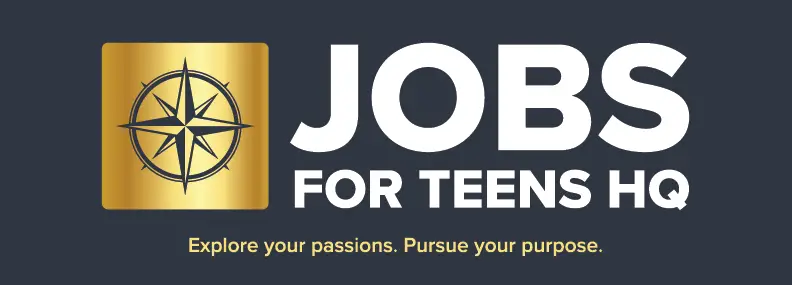What Does a Teenage Web Developer Do?
As a website developer, your primary responsibility is to understand what your clients want and create a website to help them with their personal life or business. Being a website developer is a great way to make extra money and builds many skills that will make you very valuable to future employers. When you create a website for a client, you’re giving them a presence on the internet and contrary to popular belief, you do not have to fully understand how to code in order to get started.
How Much Does a Teenage Web Developer Get Paid?
Pay as a website developer really depends on how skilled you are. When first starting out, it’s not uncommon to get paid upwards of $500 to create a simple 5-10 page website. From there, you can add a security maintenance fee of $25-$50 per month and whenever someone wants a change on the website, you can charge them for your labor.
How Can I Get Started as a Teenage Web Developer?
- Make sure that you speak to your parent(s) before trying to become a teen web developer. They absolutely must know about your plans and will likely be able to help you in your efforts.
- To begin, you’ll need to create your own website on WordPress to practice on. For this, you’ll need a hosting account and we recommend that you use Siteground. To begin, click here to open Siteground and then click here to watch a tutorial video of the sign-up process and how to install WordPress. If you need to figure out your domain name, you can use this tool.
- Now that you have a website, you’ll need to get the proper training necessary to become a website developer. You can do this in a number of ways, but we recommend that you join Lynda.com. They offer a free 10-day trial and you should get your parent’s permission before you start.
- Once you’ve joined Lynda.com, we recommend you to search the course “WordPress Essential Training by Morten Rand-Hendrickson” to get started. In it, you’ll learn a lot about WordPress, which is the best platform to create a website on and here’s some WordPress stats that explain why that is.
- Next, we recommend that you use the website you created in step one and play around with it. Install different themes, plugins, change colors on the website, and use YouTube when you have a question to get a quick answer for what you need to do.
- Once you’ve trained yourself for a few weeks, it’s time to speak with people to find someone who needs a website. It could be a local business, a relative, a friend, or even a teacher you have. Many people need a website and when you first start, feel free to create one for $100 to practice.
- If you aren’t having any luck finding someone to make a website for, check out Upwork.com and you can probably find someone there. This website is free to join and if you offer the service at a low cost, it’s likely you’ll be able to get your first client. Keep in mind, if you aren’t having luck as a general developer it may make sense to specialize in a development area. For instance, with proper training, you could become a freelance Salesforce consultant.
- Congrats! You’re officially a web designer and now all you need to do is keep making more websites and you can learn more skills as you go. Be sure to increase your prices as your skill increases.
<< Back to Online Jobs For Teens Database
Helpful Resources
- Siteground Hosting: This platform is where you can choose a URL and host your website. (Video Tutorial)
- Namemesh: This will help you choose a URL for your website.
- Lynda.com: This platform will teach you the skills you need to become a website developer.Course:Search for the course “WordPress Essential Training by Morten Rand-Hendrickson”
- Upwork.com: This will help you find new work when you’re trained as a web developer.
- WordPress CMS: This is the CMS (Content Management System) that your website will be managed on.
